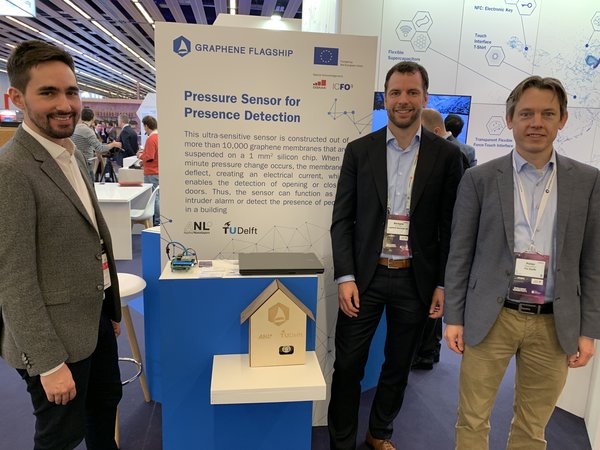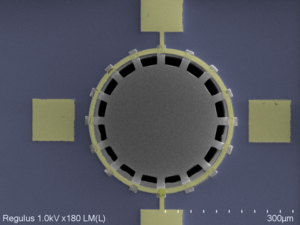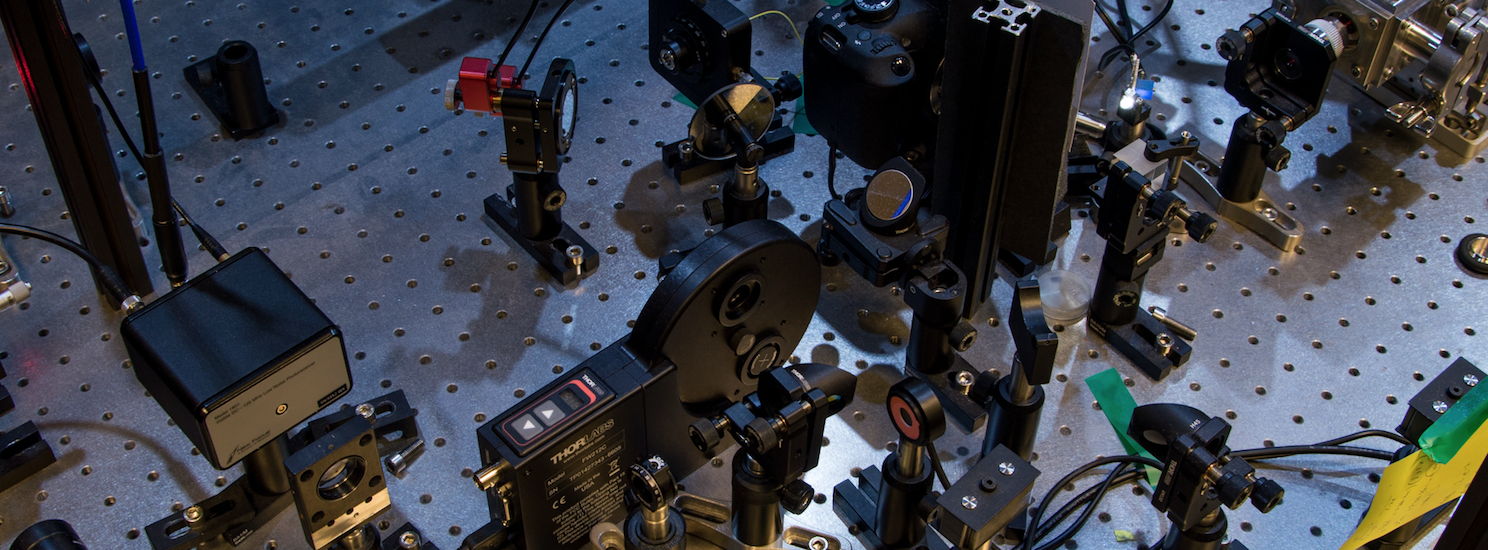Plantenna
We coordinate the national project Plantenna, that consists of a consortium of 10 national research groups at the 4 technical universities. The mission of Plantenna is to develop vegetation-integrated, energy harvesting, autonomous sensors that measure in-plant and environmental parameters at high resolution and low cost. Sensor information will be used to develop methods for early detection of plant-stress and environmental strain. This in-turn will enable optimizing water and nutrient application schemes for climate smart agriculture, improve drought protection and support decision making for environmental protection and climate resilience.
Photoquant
The PhotOQuanT project, is run by a consortium of 13 university groups and groups from national metrology institutes. It is funded by the European Metrology Programme for Innovation and Research (EMPIR). It aims to develop photonic and optomechanical sensors for realising future quantum and nanoscaled temperature standards. Our mesoscopic sensors will enhance the reliability of temperature measurement for applications in fields such as transportation industry, space instrumentation, engine monitoring, power plant safety and consumer electronics. Their robustness offers a new solution to temperature measurement in the harsh environments found in chemical industry, nuclear, oil or gas industry. As a result of their high resolution and high reliability, they should enable power plants or engine industries to save energy and to enhance process efficiency.
Graphene Flagship

Graphene membranes of only 1 atom thick are the most flexible impermeable membranes known to mankind. As a consequence, they are extremely sensitive to pressure changes. Compared to conventional pressure sensors in smartphones, graphene can be up to 10-100 times more sensitive due to its high flexibility and low membrane tension. Despite its thinness, it has high mechanical strength and gas impermeability. In this demonstrator, a pressure sensor consisting of 10,000 graphene membranes in parallel on a silicon chip of 1x1 mm2 is used to detect very small changes in pressure in a room, that are caused by the opening of a door. When the pressure in the room changes, the membranes are slightly deflected, which causes a capacitance change in the sensors. Due to this capacitance change several electrons per membrane flow onto the graphene, which is detected by a battery powered capacitance-to-digital converter chip and Arduino.
Presence detection in buildings is important for energy saving, indoor navigation and intruder alarms, however sensitivity of current pressure sensors is insufficient to realize it. The high sensitivity of a graphene capacitive pressure sensor, potentially complemented by other presence detection sensors like infrared, ultrasound and Bluetooth, can improve the energy consumption, activity monitoring and safety in the house of the future. User experience is improved by personalized music, climate control, and lighting themes that follow the user.
https://www.mwcbarcelona.com/about/
https://graphene-flagship.eu/exhibitions/MWC2019/Pages/Home-of-the-Future.aspx
Below you see an image of a graphene microphone and a graphene sensor for detecting antibiotics.


